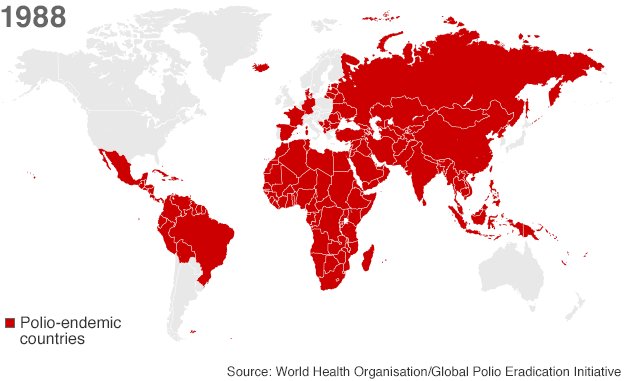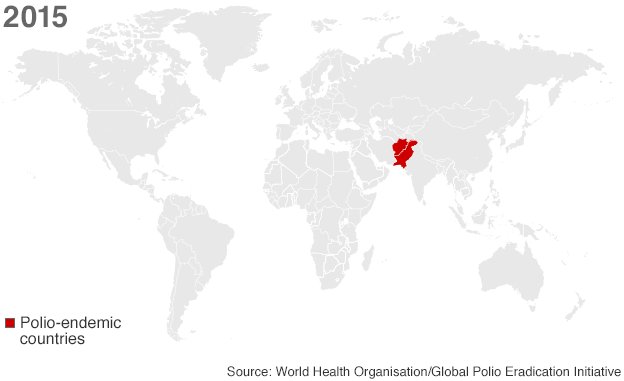What do you consider to be mankind’s greatest achievement? Was it man walking on the moon? The end of apartheid? The collapse of the Berlin wall?
One extraordinary accomplishment too often forgotten is the moment the world came together to wipe out smallpox. Responsible for 300-500 million deaths in the 20th Century alone, it remains the only infectious disease that's ever been eradicated. And although we’re so close to consigning polio to the history books alongside smallpox, the job is not yet over.
The word ‘incredible’ is over-used these days, but I can’t think of a better word to sum up the efforts and progress made towards eradicating this ancient, horrific disease. In fact, due to the sheer success of eradication efforts, polio is a disease that not many of us think about. Regular immunisation and robust healthcare systems have pushed polio out of our day-to-day lives. And it’s something that a lot of us just take for granted.
But it hasn't always been this way. Even in the 1950’s, polio epidemics were commonplace in countries like the U.S. and the UK. Parents would often prohibit their children from playing out on hot summer days for fear of contamination. It took a coordinated and determined effort to eradicate polio from the U.S. and UK, but just 30 years ago, polio was still very much a global threat. In 1988, although it had been eradicated from the majority of Europe, the US and Australia, polio was still rife in 125 countries around the world.

For the better part of 30 years, there has been a coordinated public-private partnership called the Global Polio Eradication Initiative (GPEI). Led by Rotary International and partnered with by organisations such as Unicef, the World Health Organisation and the Center for Disease Control, the GPEI has worked tirelessly to wipe out 99.9% of the disease. It has been so effective that polio remains active in only two countries: Pakistan and Afghanistan.
Progress made
Due to the global efforts of the GPEI, by 2002, Europe was officially certified polio-free, joing the Americas region which had been certified some 8 years before in 1994. This was a significant landmark in the effort to wipe out the disease, with 80% of the worlds population now living in certified polio-free regions.

Fast-forward to 2015 and only two countries remain on the endemic list, with no new cases reported in Africa in over a year. It was estimated that in 1988 there were 350,000 cases of polio but because of global efforts, there were only 359 reported cases in 2014.

The end of polio is a very real possibility, but will only be possible if world leaders take responsibility to finish the job. Recently GPEI announced that if we are to end polio for good, an extra USD $1.5 billion would be needed from donor countries. Although this seems like a lot of money (and don’t get me wrong, it is), this funding could mean that we eradicate polio by 2019. Money well spent if you ask me, when you consider the devastating effects of the disease.
There are moments in our history that define us. And although we have to acknowledge that we’re standing on the shoulders of giants, I believe the eradication of polio could be one of this generation's defining moments.
If you agree, go to TAKE ACTION NOW to show your support for the end of polio.